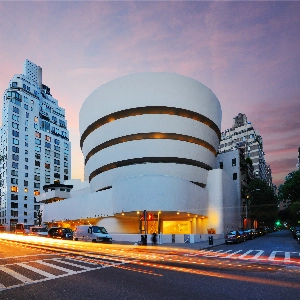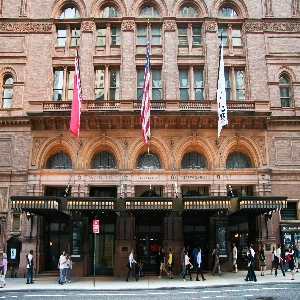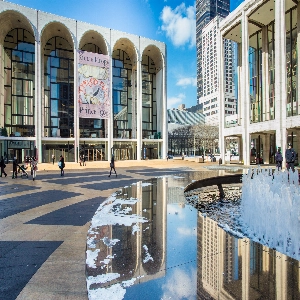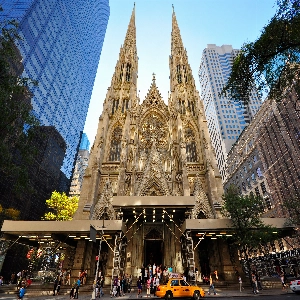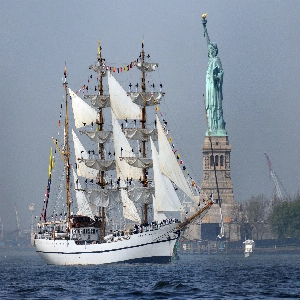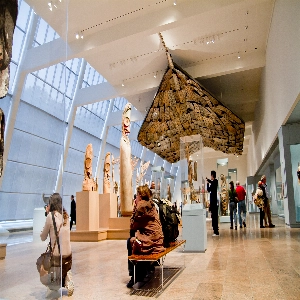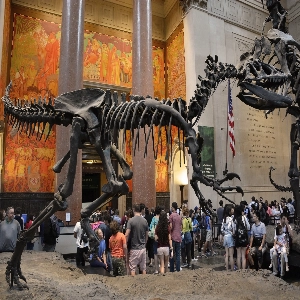Ellis Island

Introduction to Ellis Island
Ellis Island, located in New York Harbor, is a historic site of great significance to American history. From 1892 to 1954, this small island served as the main point of entry for immigrants coming to the United States, and over 12 million people passed through its gates in search of a better life. Today, Ellis Island is a museum and national monument dedicated to preserving the unique history and experiences of these immigrants, who collectively shaped the cultural diversity of modern America.
The Early History of Ellis Island
Before Ellis Island became a hub for immigration, it was used by various settlers and colonists for different purposes. The Native American tribes of New York Harbor, known as the Lenape, called the island "Kioshk," meaning "island of gull birds." The Dutch later named it "Oyster Island" due to its rich abundance of oyster beds. Following the English takeover of the region in the 1660s, the small island changed hands several times and served as a private estate, a public execution ground, and a military fort before the US government designated it as an immigration center in response to the increasing need for efficient immigration control.
Ellis Island Opens as an Immigration Processing Center
In 1890, construction began on the first federal immigration station on Ellis Island, costing approximately $500,000 to complete. The new station opened on January 1, 1892, and was designed to handle the overwhelming influx of European immigrants coming to America. Prior to the establishment of Ellis Island, state-run immigration processing centers, such as Castle Garden, had proved insufficient to manage the great wave of immigration taking place during the late 19th century. As both a symbol of hope and a gateway to opportunity, Ellis Island soon became synonymous with the American Dream, particularly for the millions of immigrants who passed through its halls. The first immigrant processed at Ellis Island, Annie Moore, was a 15-year-old girl from County Cork, Ireland, who arrived with her two younger brothers to join their parents in New York City.
The Immigration Process at Ellis Island
After arriving at Ellis Island, immigrants were required to pass through several processing stages, which involved health inspections, document checks, and interviews with immigration officials. The first stage involved a medical inspection led by officers from the United States Public Health Service. Immigrants were checked for a range of illnesses, such as tuberculosis, trachoma, and various mental conditions. Those who were deemed unfit for entry were either deported, quarantined, or sent to nearby hospitals for further examination and treatment. During peak periods of immigration, as many as 5,000 people per day passed through the medical examination process.
Following the health inspections, immigrants were required to present their documents, including passports, birth certificates, and proof of their ability to support themselves economically. Immigration officers conducted interviews with each immigrant, asking a series of questions about their background, their reasons for coming to America, and any potential criminal history. The goal of this process was to weed out any "undesirable" individuals – those who were deemed likely to cause harm to the nation or become a burden on society. In total, approximately 2 percent of individuals seeking entry were denied and sent back to their countries of origin.
Life at Ellis Island
For many immigrants, their time spent at Ellis Island was fraught with anxiety, uncertainty, and homesickness. The processing of individuals and families took anywhere from a few hours to several days, and during their time at the center, immigrants were housed inside a large, open dormitory that could hold up to 2,000 people. Those who awaited examination or the outcome of their applications slept on narrow, iron bunk beds, and meals were served in a massive dining hall that could accommodate up to 1,000 diners at a single sitting.
Although the process was difficult and emotional for many, the staff at Ellis Island worked hard to make their temporary residents comfortable. The American Red Cross stationed support workers at the site, providing medical and emotional care for the weary newcomers. Additionally, religious and ethnic societies were also active in providing aid and support to immigrants, and interpreters were consistently available to assist with language barriers.
The Decline and Closure of Ellis Island
Immigration policies in the United States began to change in the early 20th century, and the introduction of restrictive legislation, such as the Emergency Quota Act of 1921 and the National Origins Act of 1924, reduced immigration levels significantly. As a result, Ellis Island saw a decline in the number of immigrants passing through its gates. During the years leading up to World War II, the federal government utilized the island as a detention center for enemy aliens and a training facility for the US Coast Guard.
By the early 1950s, Ellis Island had essentially outlived its purpose, and the facility was officially closed in November 1954. For many years, the site lay abandoned and neglected, with several structures eventually falling into ruin.
Ellis Island Today: A Symbol of America's Immigrant Heritage
In 1984, the Ellis Island Immigration Museum was created, and the site underwent extensive restoration efforts to preserve its historical significance. Today, the museum is managed by the National Park Service and serves as a powerful reminder of America's rich immigrant heritage. Visitors to Ellis Island can explore various exhibits, such as restored great halls and dormitories, and trace the footsteps of those who came before them in pursuit of the American Dream. A Wall of Honor, inscribed with the names of over 700,000 immigrants who passed through during the years of operation, stands as a testament to the diverse tapestry of people who came together to build the United States as we know it today.


